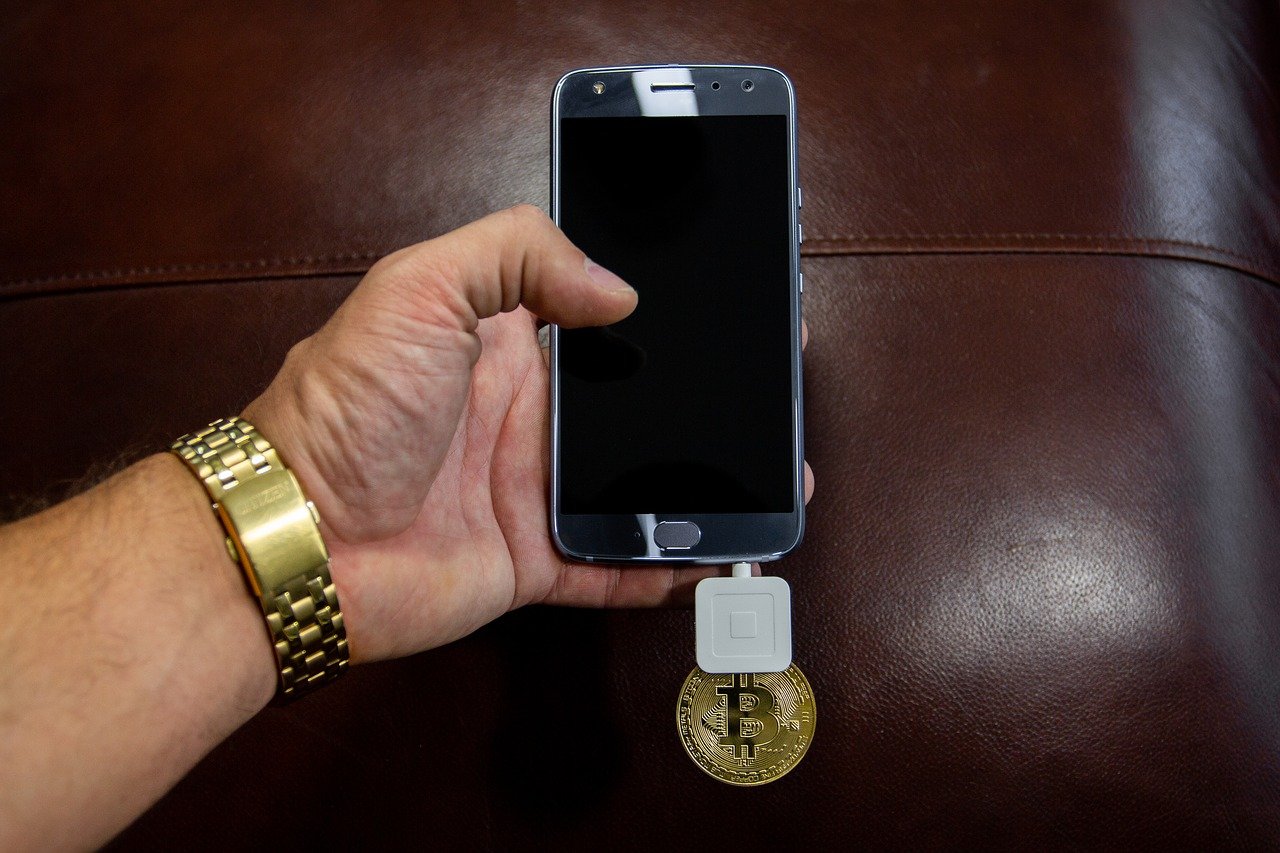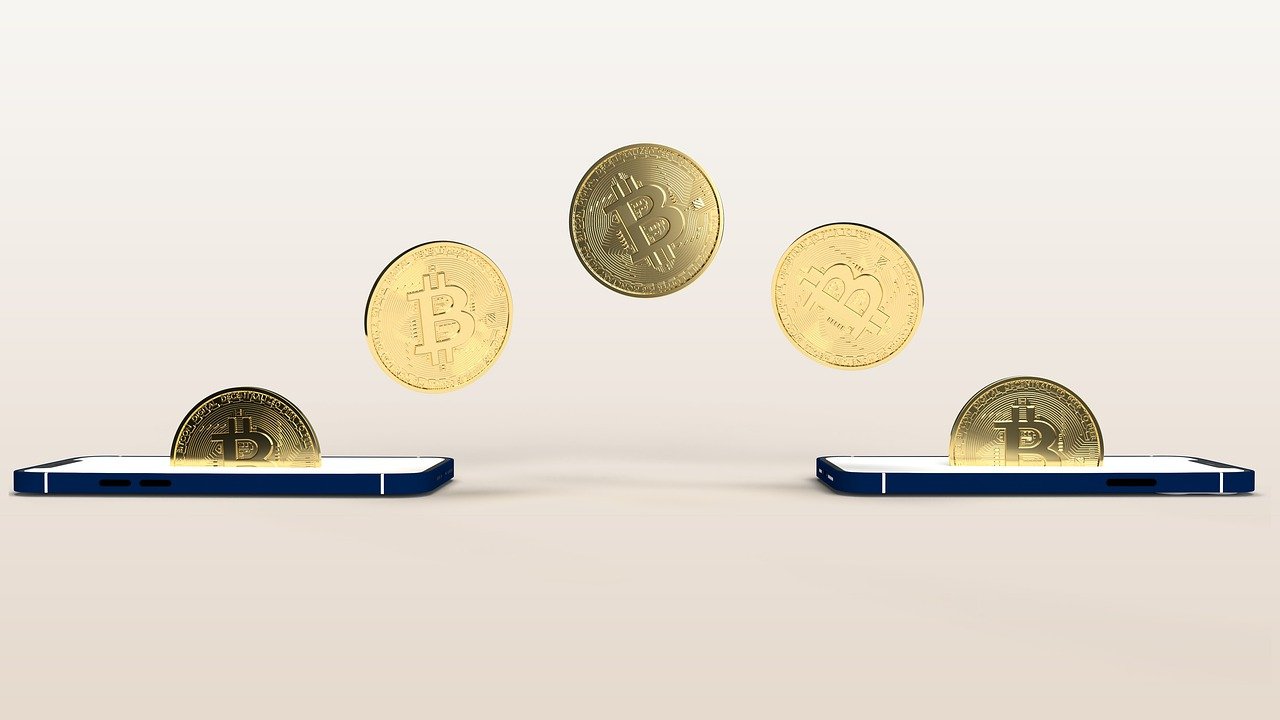Are you wondering how to explain crypto to your parents – or any older relatives – in a way they’ll understand? Crypto can definitely be a complex subject, but anyone can understand it if they try!
That’s the purpose behind this series: to learn how to explain crypto in a way anyone can understand, particularly older generations who weren’t raised in the digital age.
Previously, we looked at how you can give crypto as a gift to others or donate it to nonprofits. Now we’ll explore our last use case: what, if anything, can you even spend your crypto on?
Why spend crypto?

This might be the most asked question your older relatives have about how people spend crypto: why bother using it instead of fiat money in the first place?
First, it should be noted that despite the term “cryptocurrency,” not every crypto is attempting to become a currency intended to rival fiat money. Instead, many cryptos play a role in powering operations within their respective networks.
For example, Ether is used to pay fees for launching smart contracts and decentralized applications on the Ethereum network.
However, some cryptos are meant for daily transactional use; the biggest, of course, being Bitcoin.
One reason people would choose to spend crypto instead of fiat currency is because of its decentralized nature. There is no third party needed to verify or approve the transaction. Instead, it’s peer-to-peer, with money being sent directly from one crypto wallet address to the other.
Crypto also comes in handy for making international money transfers. Since there is no need for an intermediary or an exchange of one currency for another, international money transfers with crypto tend to be faster and cheaper in terms of fees.
Lastly, another reason people prefer spending crypto is the transactions are more secure. Transactions don’t require exchanging any sensitive information – all you need is to share your crypto wallet address.
Storing transactions on the blockchain is also very secure. It’s extremely difficult for hackers to take over a blockchain network or steal Bitcoin directly from someone’s crypto wallet. And once something is recorded on the blockchain, it can’t be tampered with or altered in any way.
All these factors can give someone more peace of mind when spending crypto vs. spending traditional money.
Where can you spend your crypto?

So now your parents might be wondering, what can you even purchase with crypto? Do popular retail stores even take it? This should be the next question you address when figuring out how to explain crypto spending.
Many mainstream stores, both physical and online, accept crypto. In addition, any small business can choose to accept crypto, so you could contact the stores in your local area to check if they take it.
Many stores across various sectors take crypto, typically through a third-party processing platform like Bitpay. This includes:
- Microsoft
- Whole Foods
- AT&T
- Overstock
- Miami Dolphins
- Dallas Mavericks
- AMC movie theaters
- Home Depot
- Starbucks
- Nordstrom
- Crate and Barrel
Other stores accept crypto indirectly. For example, you can spend your crypto on Amazon through services like Shopping.io. And on platforms like Etsy, it’s up to the individual sellers to decide if they want to accept crypto or not.
How to spend crypto
There are several different ways to actually pay with your crypto. You should briefly touch on all of them when you’re learning how to explain crypto spending.
First, you can simply transfer the crypto directly to the other party’s wallet address. This would only be the case if you’re buying from an individual rather than a major retail store.
When it comes to major retailers, there are several different options for how people spend crypto. As mentioned above, the company may have set up a third-party processing system. If this is the case, you simply pay with your phone as you would with Apple Pay or Google Pay.
Otherwise, depending on the crypto bank you use, you can create a crypto debit card and use that to pay in stores as you would with a regular card. These cards work by loading crypto onto them upfront. Then, either before or after the transaction, the crypto is converted to fiat currency.
The last option for spending your crypto is to visit an online platform like Purse.io, Bitrefill, or Coingate that lets you trade it for gift cards to major retailers.
If you live in an area with Bitcoin ATMs, you can also sell some of your coins and withdraw an equivalent amount of fiat currency.
If you want to spend crypto on a platform that doesn’t accept it directly, you can use services like Shopping.io, which is a crypto network of its own with its own token that users can stake to receive discounts and other benefits.
Are there downsides to spending your crypto?

Perhaps the biggest downside to spending your cryptocurrency is its price volatility. These fluctuations would impact how much you’re really spending on an item, as well as the seller’s interest in even taking it.
Another thing to keep in mind is that using crypto comes with transaction fees. These fees vary based on the transaction size and how quickly it needs to be processed. Some networks are better at handling transaction volume than others.
How people spend crypto is also affected by its availability. While paying with crypto is becoming an option at more mainstream retailers, it still isn’t widely available. This might especially be the case in more rural areas.
But as we already covered, there are ways around this lack of availability that still allow you to easily spend your cryptocurrency.
What’s next in the how to explain crypto series?
It’ll only become easier to spend cryptocurrency as it starts moving into the mainstream and more companies accept it as payment.
Now that we’ve taken a look at our final use case for cryptocurrency, we’ll start wrapping things up. In the next post, we’ll briefly summarize everything we’ve covered throughout this series on how to explain crypto to your parents. By the end, you’ll be a pro at explaining crypto to anyone in your life!
About the Author

Michael Hearne
About Decentral Publishing
Decentral Publishing is dedicated to producing content through our blog, eBooks, and docu-series to help our readers deepen their knowledge of cryptocurrency and related topics. Do you have a fresh perspective or any other topics worth discussing? Keep the conversation going with us online at: Facebook, Twitter, Instagram, and LinkedIn.


